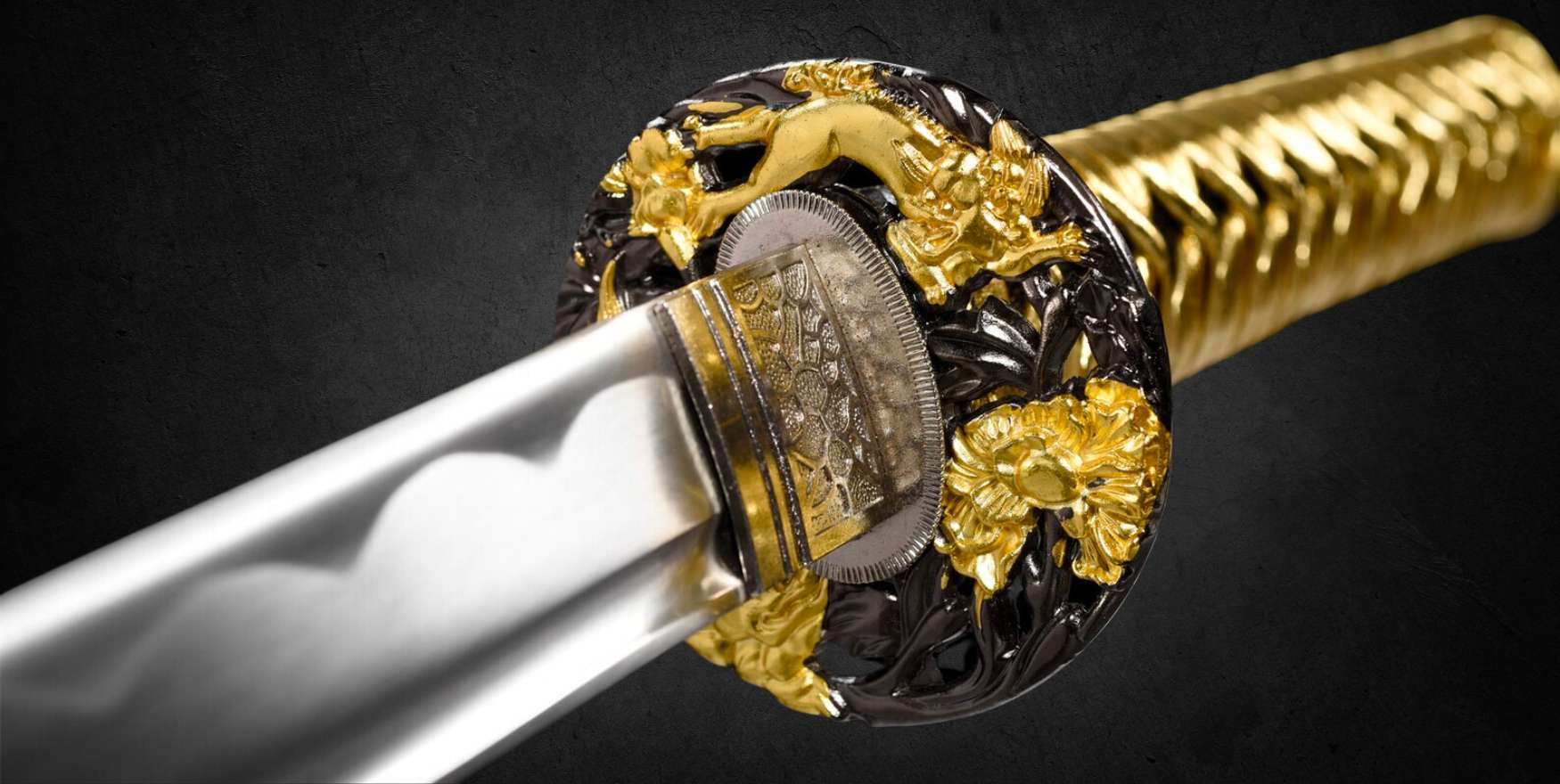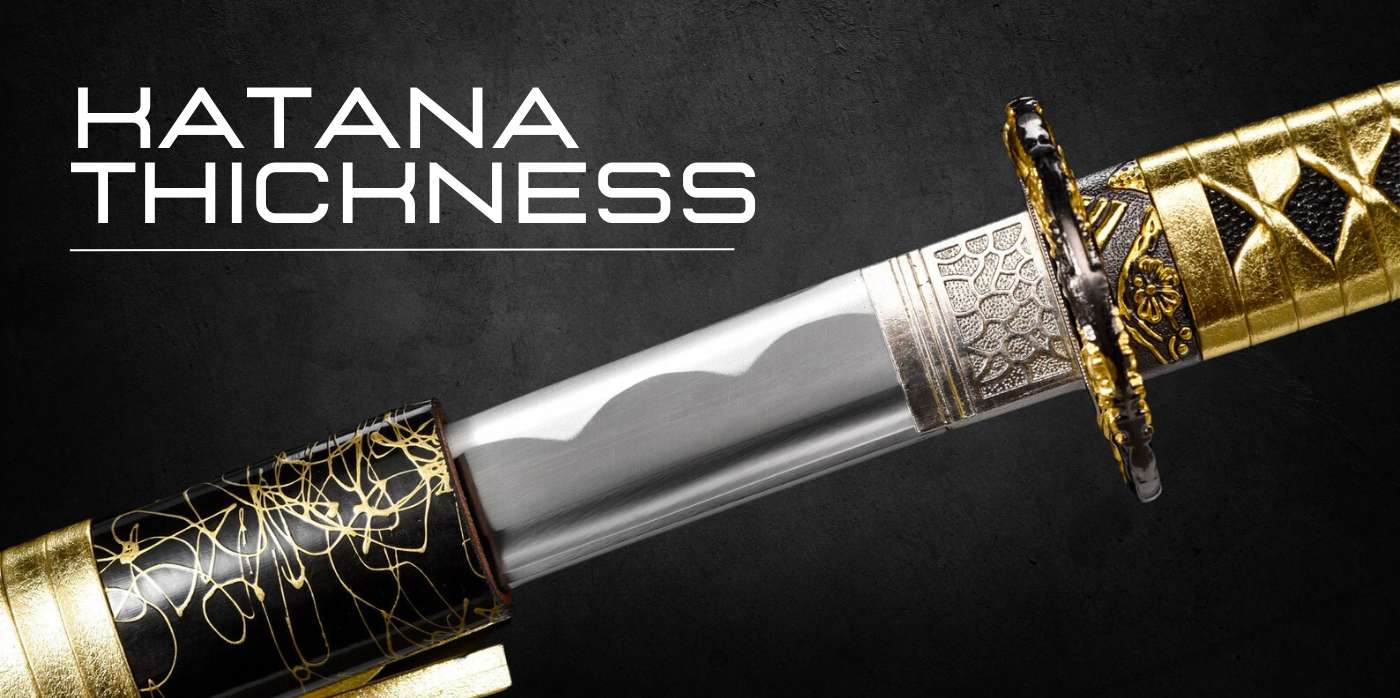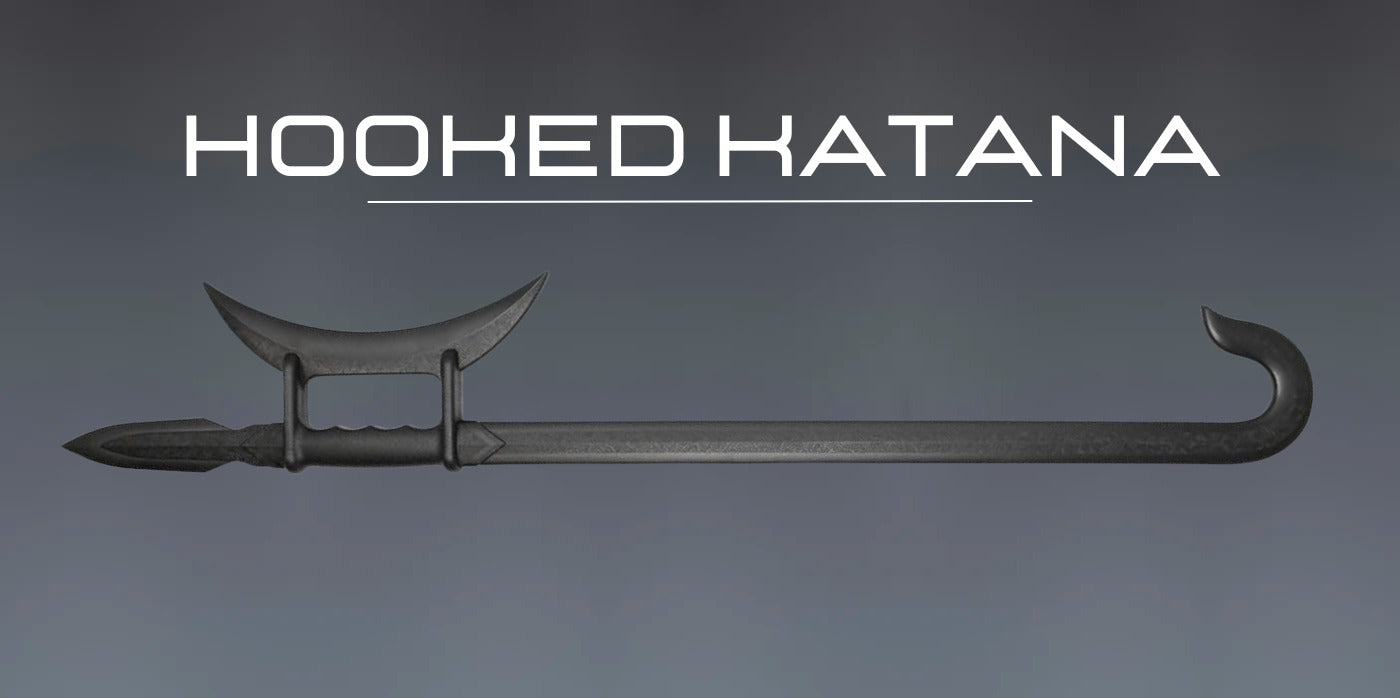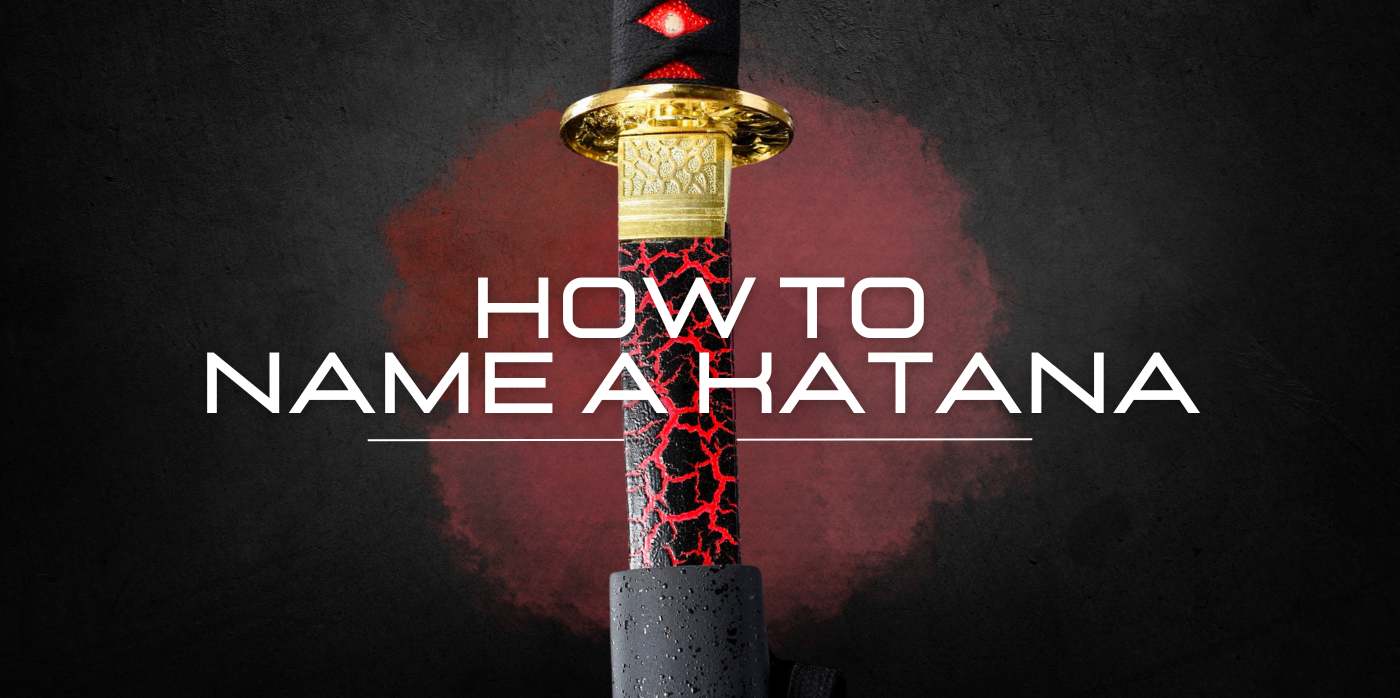When it comes to Japanese katanas, the conversation often revolves around the blade's length, curvature, and sharpness. However, katana thickness is a crucial aspect that significantly influences the sword's performance, durability, and aesthetic appeal. This article delves into the nuances of katana thickness, exploring its importance and how it varies across different types of Samurai swords.
The Importance of Thickness in Katana Design
The thickness of a Japanese katana's blade is not arbitrary. It is a meticulously calculated feature that enhances the sword's overall functionality. A katana's thickness plays a pivotal role in determining the blade's weight, balance, and cutting efficiency. Let's break down why thickness is such a critical factor in katana craftsmanship.
Weight and Balance
The thickness of a katana contributes to the sword's weight distribution. A well-balanced blade allows for fluid, precise movements, essential for the art of Iaido and Kenjutsu. A katana that is too thick might feel unwieldy, while one that is too thin could lack the necessary heft for effective cutting strokes. The full tang construction of traditional hand-forged katanas ensures optimal balance and strength.
Cutting Efficiency
The cutting edge of a katana, known as the Hamon, is directly influenced by the blade's thickness. A thinner edge can offer sharper cutting capabilities, ideal for slicing through targets with minimal resistance. However, it's crucial that this thinness does not compromise the blade's structural integrity. The razor-sharp edge, achieved through careful quenching and polishing, is a hallmark of battle-ready Japanese samurai swords.
Durability
Katana thickness also impacts the sword's durability. A thicker spine (the back part of the blade opposite the cutting edge) provides added strength, enabling the katana to withstand the impact of cutting and deflecting other weapons. This characteristic is vital for preserving the blade's condition over time. High carbon steel, known for its hardness and edge retention, is often chosen for forging these durable, edged weapons.
Variations in Katana Thickness
Not all katanas are created equal, and variations in thickness can be observed across different swordsmithing traditions. For instance, katanas forged in the Soshu tradition often feature a distinct taper from the base to the tip, affecting both thickness and balance. On the other hand, Mino tradition katanas might exhibit a more uniform thickness throughout the blade, embodying the Bushido spirit with their curved blades and Damascus-steel patterns.
How thick is a katana blade
The thickness of a katana blade can vary significantly depending on the specific style of the sword, the era in which it was made, and the preferences of the swordsmith. However, there are general ranges for the thickness of different parts of the blade that can serve as a guideline.
-
Spine (Mune): The back part of the blade, opposite the cutting edge, is known as the spine or mune. It is the thickest part of the blade to provide strength and balance. The spine's thickness can vary from about 5mm to 8mm (approximately 0.2 to 0.3 inches) near the handle (tsuka) and can get thinner towards the tip (kissaki).
-
Cutting Edge (Ha): The cutting edge of a katana is meticulously ground to be extremely sharp. This edge is thinner than the spine, of course, and its thickness can be less than 1mm (0.04 inches) at the very edge. However, the blade gradually thickens as it transitions from the edge to the spine.
-
Overall Blade: The overall thickness of the blade from the spine to the cutting edge (not including the edge itself) near the base (habaki area) can be around 6mm to 10mm (approximately 0.24 to 0.4 inches). This thickness ensures the blade has enough weight for effective cutting while maintaining the necessary flexibility to absorb impact.
It's important to note that these measurements can differ based on the sword's design and intended use. For example, a katana designed for Iaido (a form of martial arts focusing on the smooth drawing and cutting with the sword) might be slightly thinner and lighter than one intended for Tameshigiri (test cutting).
Modern Japanese swords replicas and swords made for decorative purposes may not adhere strictly to these traditional measurements and can vary widely in terms of thickness and overall dimensions.

What is the best katana blade thickness
Determining the "best" katana blade thickness depends heavily on the intended use of the sword, the preferences of the wielder, and the balance and construction of the sword itself. Katana can vary in their dimensions, including blade thickness, based on historical period, school of manufacture, and specific application (combat, practice, ceremony, etc.). Here's a general overview to guide what might be considered optimal in different contexts:
For Practical Use and Cutting (Tameshigiri)
- Blade Thickness: For practical cutting swords (Shinken) used in Tameshigiri (test cutting), a blade thickness at the spine (mune) of about 5mm to 7mm is common. This thickness provides a good balance between durability and cutting ability. It allows for a sharp edge that can easily cut through targets like tatami mats and bamboo, while still being thick enough to maintain structural integrity and absorb impact.
- Tapering: Equally important is how the blade tapers from the spine towards the edge (Hamon). A well-executed tapering improves cutting efficiency by reducing resistance and enhancing the sword's balance.
For Iaido Practice
- Blade Thickness: Iaido swords (Iaito), which are primarily used for drawing and practicing forms rather than cutting, often have a slightly different build. They might be lighter and thinner, focusing on balance and ease of handling over cutting ability. A thickness of around 5mm at the spine could be considered ideal, but with a lighter overall weight.
- Material: Iaito are frequently made of aluminum or an aluminum alloy, which cannot be sharpened like steel, hence the focus is not on cutting but on the form and feel of the sword.
For Collectors and Ceremonial Use
- Blade Thickness: Collectors or ceremonial swords might prioritize aesthetic and historical accuracy over practical use. Thickness can vary widely based on the specific era or style being replicated. These katanas might follow the specifications of ancient swords, which can have a wide range of thicknesses.
- Craftsmanship: For these swords, the quality of craftsmanship, materials, and historical accuracy in the blade's thickness, curvature, and other features are often more important than how well it would perform in practical cutting.
General Considerations
- Balance: Regardless of the specific use, the balance of the sword is paramount. The distribution of weight from the tip (kissaki) to the handle (tsuka) affects the sword's feel and handling. The thickness of the blade plays a crucial role in achieving the right balance.
- Steel Type and Construction: The type of steel and the construction method (folded steel, differentially tempered, etc.) also influence what thickness is best. Different steel types and constructions can provide strength and flexibility in different ways, affecting the optimal thickness for a given blade.
The "best" blade thickness is subjective and tailored to the sword's intended purpose, the materials from which it is made, and the preferences of its wielder. Whether for martial arts practice, cutting, display, or collection, the ideal katana is one that best meets the needs and goals of its owner while maintaining the balance and craftsmanship standards of traditional Japanese sword-making.





